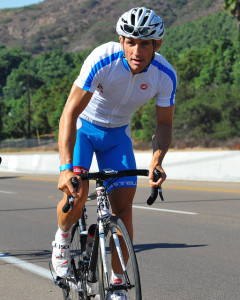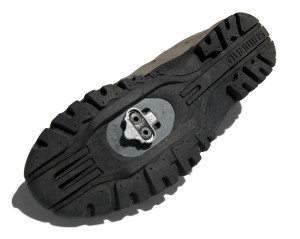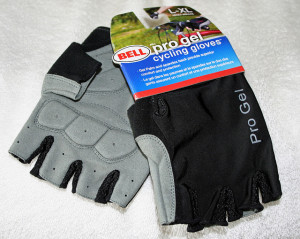Choosing a new bike kit, whether you’re a beginning biker or an expert, can be daunting. It’s easy to get distracted by fancy labels or false promises, and it’s important to stay focused on what really matters: safety and performance. Here we’ll give you the basics of bike kits before you head out to choose your new look.
Bike Jersey
Fabric
Most cycling jerseys are made of polyester to keep moisture away from your skin, and then mixed with a percentage of spandex to allow for a full range of motion. A little more money can go a long way in getting a breathable jersey that offers UV protection, balances body temperature, and prevents lingering odors.
Pockets and Zipper
You want a jersey with at least 3 pockets located on the back near the waist for easy accessibility. These pockets allow you to stash food, tools, or whatever else you will need to reach for quickly.
Jerseys usually come in either a full zip or a 3/4 zip. A full zip allows for more ventilation and breathability, whereas a 3/4 zip is easier to get up and down.
Fit
When it comes to fit, you want it snug. Bike jerseys are designed to conform to the curves of your body so that when you’re cycling there is no air resistance. Look for a jersey that is longer in the back than in the front so it won’t ride up when you cycle.
As a cyclist, it’s a good idea to have a mixture of long-sleeve and short-sleeve cycling jerseys to accommodate for changing weather.
Bike Shorts
Bibs
You have two options for the bottom half of your kit: bibs or shorts. With either option, you will generall find both padded and un-padded versions. Bibs also cover up more of the stomach and back. They are, however, more expensive, and don’t fit well with everyone. Try on a bib with your bike to see if it brings the comfort that is worth the extra price. As with the rest of your kit, this is purely up to your own style and what makes you comfortable. It never hurts to keep a few option on hand.
Fabric and Fit
Similar to your bike jersey, look for bike shorts or bibs with wicking material that sticks, like spandex, to allow for a full range of motion without the shorts riding up.
Snug, snug, and snug. Look for bike shorts that are tight and won’t move around when you’re cycling. However, you don’t want them to be so tight that they’re uncomfortable. Find a balance.
Bike Shoes
 Styles
Styles
Cycling shoes can have laces, rip-and-stick straps, notched cam straps with buckles, or a number of other options. Each option has their pros and cons from speed and ease of closing and opening to comfort and style. You should find something that allows you to get a snug fit that’s perfect for you.
Sizing
Above all else, make sure the shoes are comfortable. If they’re uncomfortable, it won’t matter how cool they look. Your toes should have enough room to wiggle, but the heel area should not have enough room to slide around.
Jacket
Jackets aren’t always necessary, but can be a lifesaver in cold or rainy weather. Look for a jacket that compacts into a small pocket so you can carry it with you wherever you go. If you will be cycling in harsh weather conditions, consider a jacket more on the water and wind proof side. If not, opt for one with more breathability. Another important factor in choosing a jacket is its weight. You want to choose a jacket that is lightweight in addition to being easy to compress.
Look for a jacket that reflects light. You want other cars to easily see you on the road.
Helmets
First, make sure the helmet you are considering has a label that says “bicycle helmet.” This means it meets the standards of the Consumer Product Safety Commission. Helmets with this label serve the same purpose. But for more money, you can get a helmet that is lighter, more aerodynamic, and has additional features that can create a custom fit for your head.
Make sure your helmet fits correctly. It should lie horizontally on your head, and fit snugly. The chin strap should be worn slightly loose and shouldn’t rub against your skin. Similar to your jacket, look for a brightly colored helmet so you are more easily seen on the road.
Accessories
Gloves, whether they be fingerless or full-finger, can protect your hands from abrasions or cold weather. They also guard against blisters and other irritation on longer rides.
Cycling tights and leg warmers are perfect for colder weather, and can fit over cycling shorts.
Extra Tips
Layer your clothing to be prepared for any kind of weather. This includes a layer next to your skin, a middle layer, and an outer shell.
Now that you’re all geared up, it’s time to choose a bike. Read our tips here. Already have a bicycle but looking to make it stand out? Read how here.
Images courtesy of Chris Hunkeler via Flickr, Google Images, and Jeffrey Beall via Flickr
